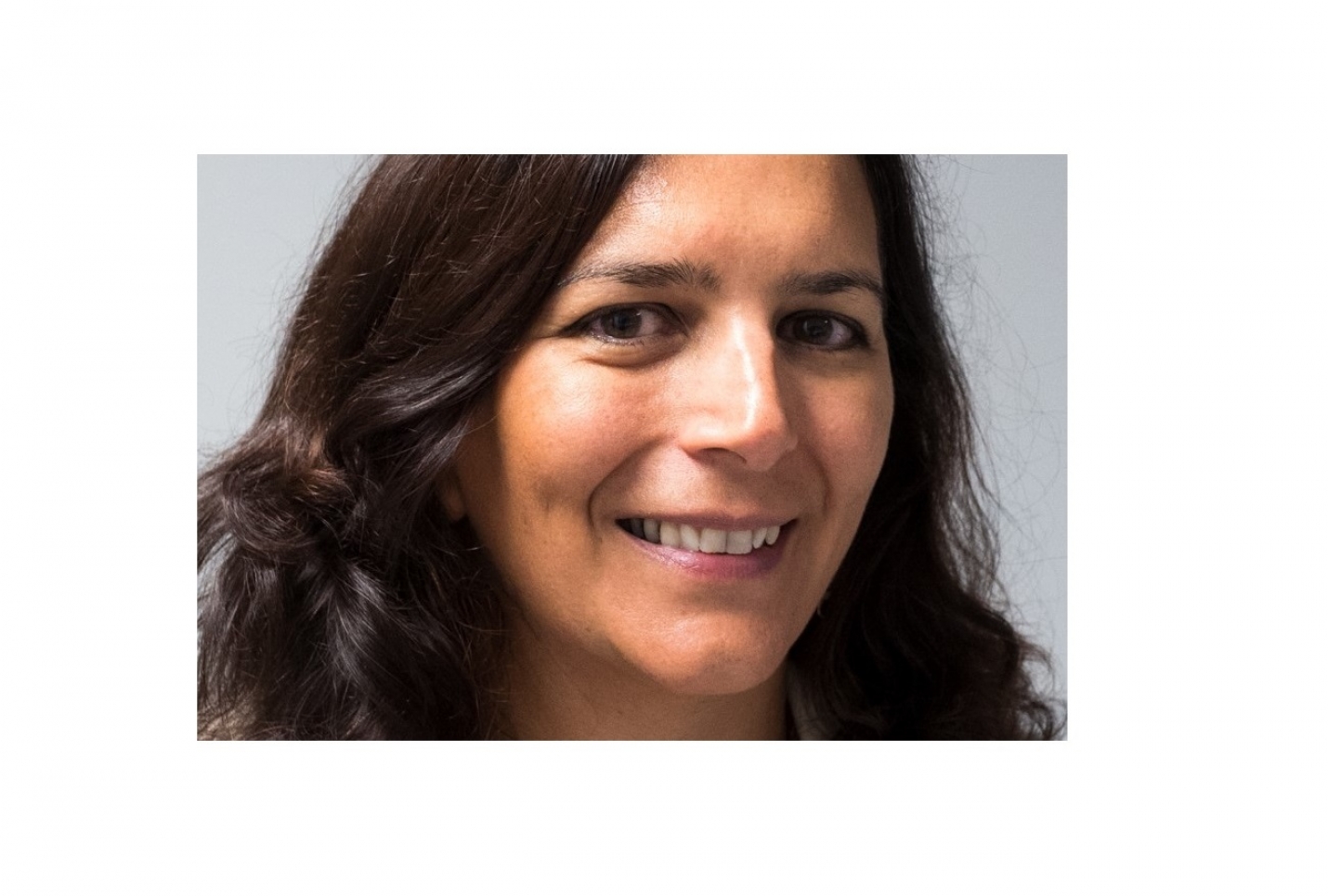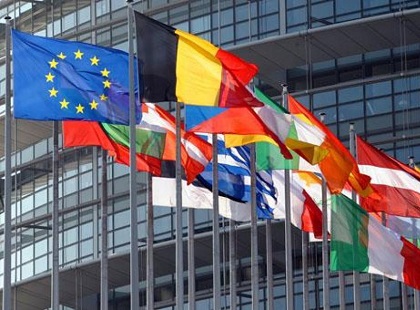Thank you very much Interviewed by Jean Paul HABIMANA
Can you introduce yourself (work)
Since 2015 I am the Head of the Legal Migration and Integration Unit in the European Commission, Directorate General for Migration and Home Affairs (DG HOME).Before that, I have worked on a number of other policies and fields at the European Commission, such as visas, borders, Schengen and data protection.
Can you tell us the situation of immigrants in Europe?
While nowadays the attention is focused on people arriving irregularly to the EU – to seek protection or in search of a better life - we shall not forget that the large majority of migrants arrive via legal means and reside legally in the EU. If we look at Eurostat data, in 2017 more than 3 million of residents permits were issued by EU Member States to non-EU nationals for different reasons (such as for family reasons, international protection, study, work). Non-EU migrants legally residing in the EU amount to 21.6 million people, representing little more than 4% of the total EU population. Most non-EU migrants reside in five EU Member States: Germany (5.2 million,) followed by Italy (3.5 million), France (3.1 million), Spain (2.5 million) and the UK (2.4 million).As regards Belgium, almost 500.000 permits are issued every year to non-EU nationals, representing about 4%of the total population.
It is important to recall these figures, given also that – as the latest Eurobarometer on migration and integration showed1 – there's an important misperception amongst European citizens about the actual number of migrants present in their country (almost the double than the reality, in average) as well as about the percentage of irregular migrants (47% of EU citizens in average consider that there's at least the same number of irregular migrants than regular ones).
How can you explain the causes of immigration?
Generally speaking there can be very different causes to migration: people migrate due to conflicts and war in their country, due to poverty and limited possibility to gain one's life, because of drastic environmental and climatic changes, or simply because they look for better opportunities to study and work.
Migration is a human phenomenon, people have always moved from one country to the other depending on the circumstances and on their own aspirations. This is why in my view it is utopic to think that migration can be 'stopped', with walls or other kinds of barriers. Migration just needs to be well managed by Governments, so that it can be beneficial to all, migrants, sending countries and receiving societies.
What about the EU strategies to limit irregular immigration?
The EU has put in place a number of measures to prevent and limit irregular migration, for example by strengthening controls at the EU external borders, also with support from the European Border and Coast Guard, or by acting in cooperation with third countries to fight human smuggling and trafficking. Policies and legislation at EU level have been developed also to ensure the return and
repatriation of people with no legal right to stay, although this can only be done with thefull cooperationof countries of origin (readmission agreements).More information on this can be found on DG HOME website: https://ec.europa.eu/home-affairs/what-we-do/policies/irregular-migration-return-policy_en.
Is it not the dictatorship that strikes the majority of the countries of the South and Asia easily generate migratory movements? if so, do you think to make African dictators better manage this problem that currently handicaps the European society?
As I have mentioned above, it is clear that political instability, civil war and other situations where people's freedoms are limited can be one of the causes of migratory flows, which are thus not the result of a free choice but a necessity for those concerned. This is why, even it is not popular to say this these days, Europe needs to remain always open to protect those in need.
Can you tell us about your record on legal migrationand integration?
As I said, I am currently managing the Unit responsible for Legal migration and Integration within the European Commission. On legal migration, we have developed common European rules regulating admission, procedures and rights for several categories of migrants: for asylum and protection purposes, for people seeking employment, wishing to carry out studies or research, as well as for the purpose of family reunification. However, the individual applications for a visa or a residence permit remain managed nationally, i.e. by the Member State concerned. The Commission is not an appeal body for the decisions taken at national level. But wedo ensure that Member States correctly implement and apply the EU rules – including as regards migrants rights - when assessing such applications and, in case an infringement is found, we can bring the Member State concerned before the European court of Justice. More information on the EU legislation in this area can be found on ourWebsite.
As regards integration, the main responsibility lies with the Member States but at European level we have been supporting EU Member States considerably in this area in different ways. For example, we have established a network of national authorities – the European Integration Network – to exchange best practices at European level; in this context, we also develop mutual learning activities, such as study visits, twinning activities etc., which allow one Member State to learn from and exchange with other countries. We have also launched initiatives with employers – Employers together for integration - and economic and social partners (the European Partnership on Integration), with the aim of supporting the labour market integration of refugees and migrants. And of course, we do provide financial support to Member States but also to non-governmental organisations for activities and projects in the area of integration through our Asylum Migration and Integration Fund. More information, including on national practices, can be found on the European Website on integration.
Some associations working for the welfare of immigrants are concerned about access to employment for people with an immigrant background. What are your the strategies for an equal policy to access the labour market?
I have mentioned already some of the initiatives to favour and support the labour market integration of migrants and refugees. I can add that, as regards asylum seekers, the Commission has also proposed to allow them to work at the latest 6 months after they have applied for asylum, pushing several Member States to reduce the waiting time. In Belgium this is now even less (4 months). The Commission also developed a number of initiatives to facilitate the recognition of skills and qualifications of refugees – who might not easily be able to prove their qualifications with diplomas or other documents - such as the Skills Profile Tool. Sometimes there are of course also non-formal barriers to access to the labour market, such as forms of direct or indirect discrimination. This is why it is important to work, at European but also at national level, with employers, social partners and civil society more generally to foster integration and inclusion.
Successful integration is a sometimes difficult and surely a long term process, but I believe it is in the interest of all governments and societies to invest on it, so to build a cohesive society based on mutual respect.










